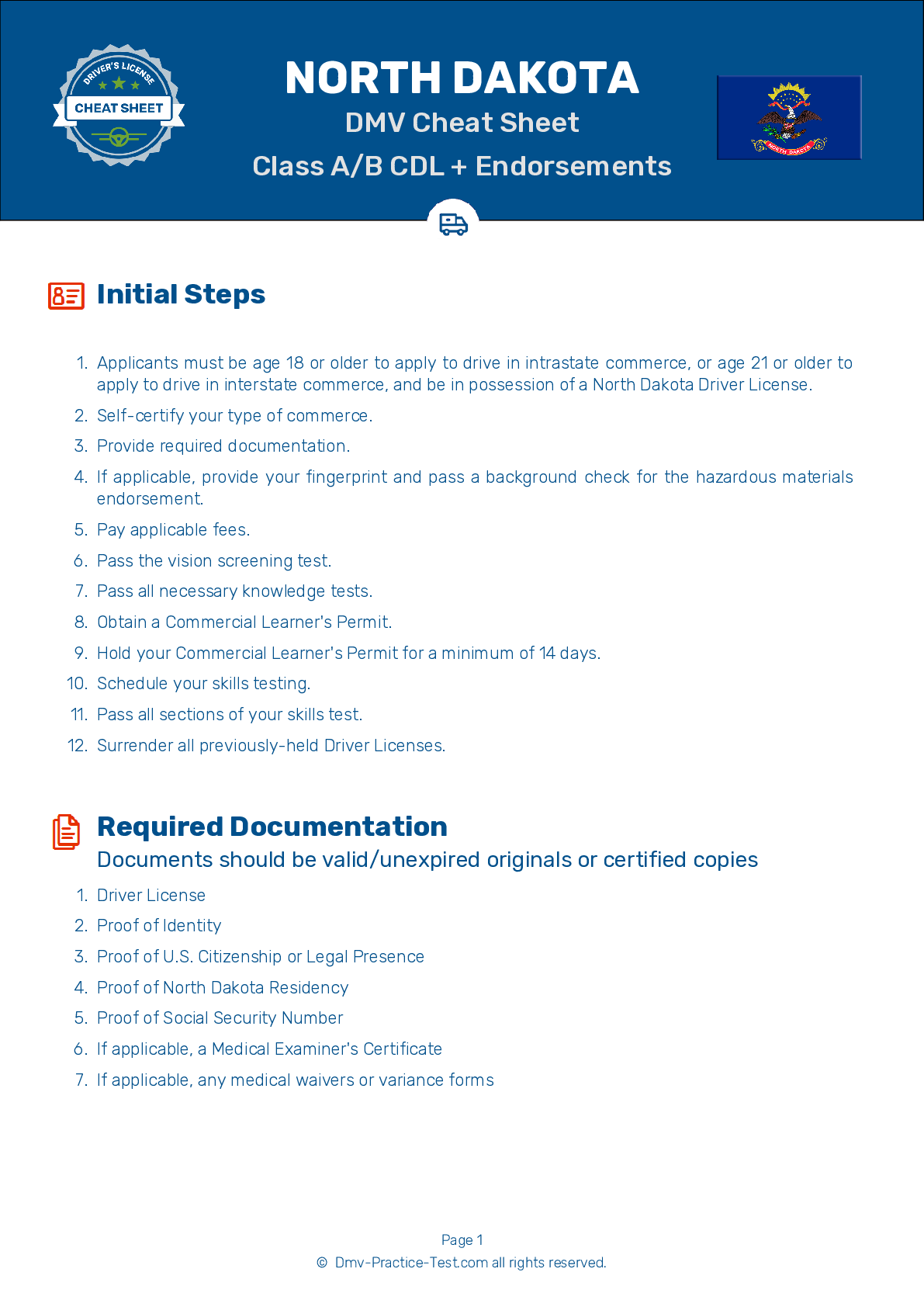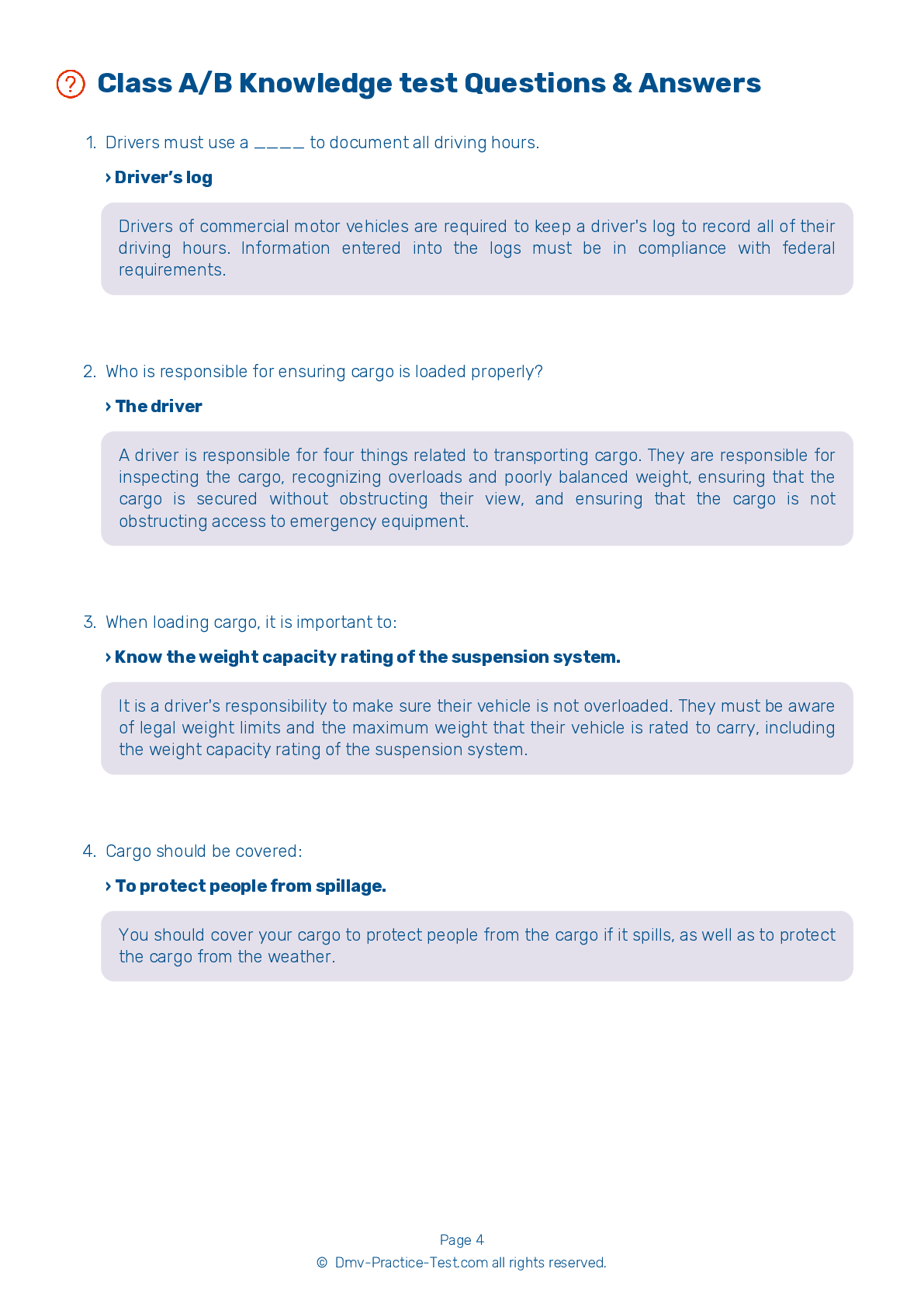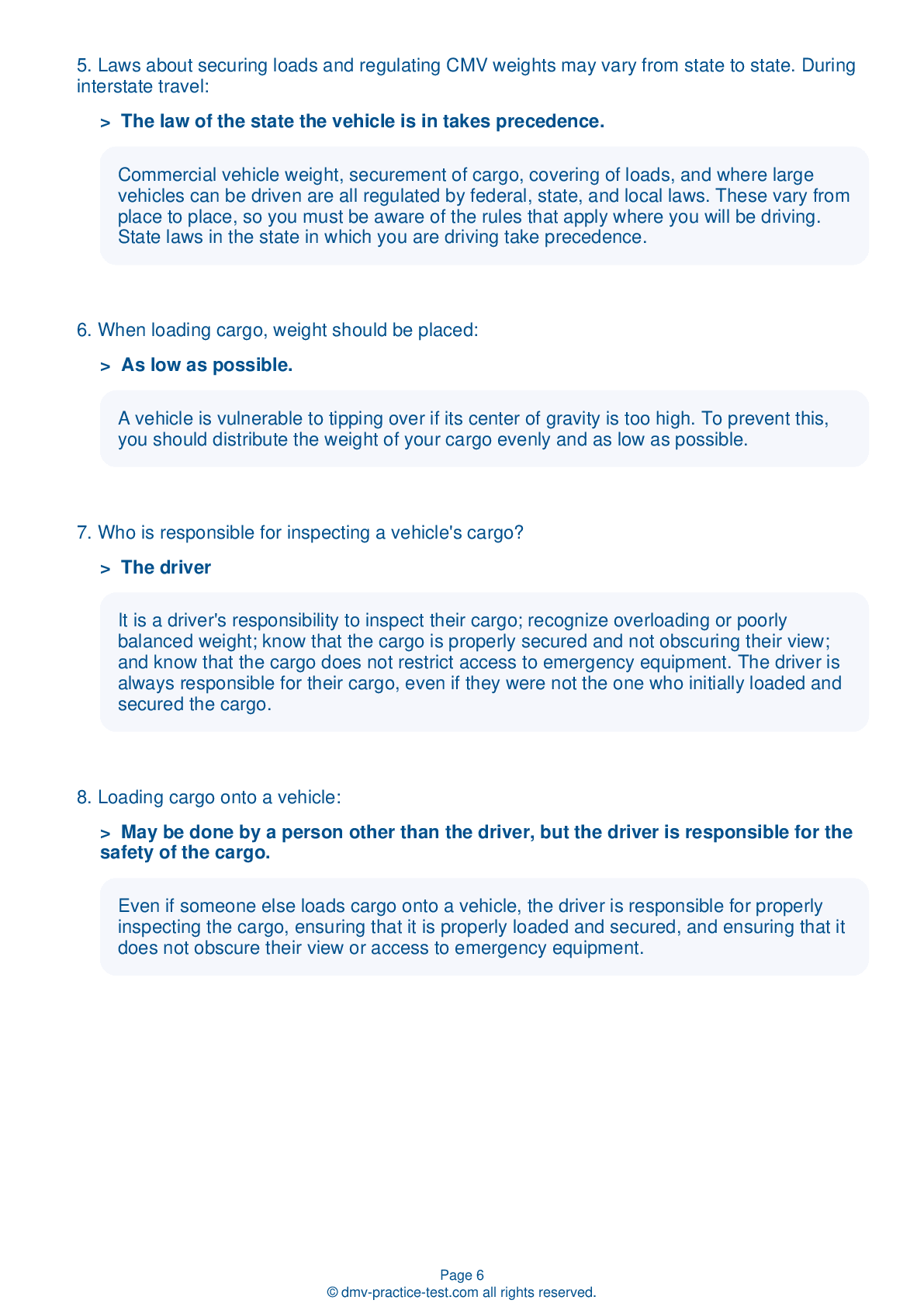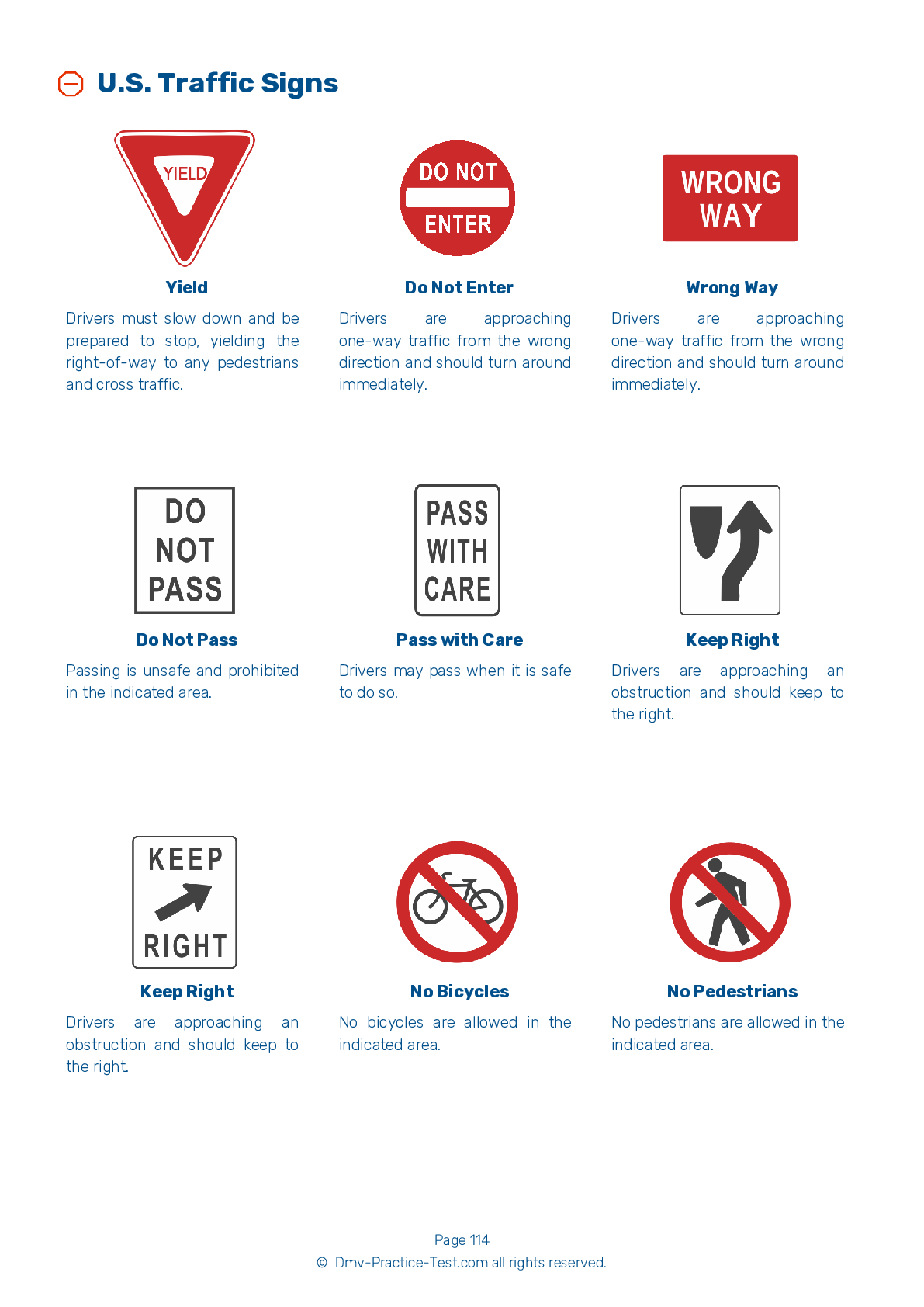Combination Vehicles Practice Test | North Dakota 2025 #2 Page 2 of 3
Train for FREE online with our North Dakota CDL combination vehicle test. The official exam test consists of several obligatory parts, with all of them checking your knowledge of different blocks of road rules. If you need to obtain a ND combination license in 2025, practice as much as possible. Free sample tests published on our website will help you check and improve your knowledge and boost your grades. Please bear in mind that DMV requirements for issuing a combination license may vary from state to state.
8 . Look for matching colors when coupling glad hands. Service lines are often:
When coupling glad hands, make sure to couple together matching glad hands. To help drivers avoid mistakes, color coding is sometimes used. Service lines are often coded with the color blue and emergency lines are often coded with the color red.
9 . Combination vehicles:
Combination vehicles are usually heavier and longer than single commercial vehicles. For these reasons, they usually require more driving skill than single commercial vehicles.
10 . Which type of vehicle is most prone to the “crack-the-whip” effect?
Triple combination trailers are most vulnerable to the "crack-the-whip" effect.
11 . To lower the risk of a rollover, you should:
To lower the risk of a rollover, load your cargo as closely to the ground as possible. To further reduce this risk, take curves and corners slowly.
12 . Simply changing lanes can cause:
Due to the "crack-the-whip" effect caused by rearward amplification, changing lanes too quickly in a combination vehicle can result in a rollover.
13 . To help prevent a rollover, cargo should be:
To reduce the risk of a rollover, the weight of cargo in a trailer should be kept as low to the ground as possible. Weight should not be placed primarily on one side of the trailer as this could make the trailer lean, increasing the risk of a rollover.
14 . Rollovers happen when:
Rollovers happen as a result of drivers taking turns too fast.
See the exact questions that will be on the 2025 North Dakota DMV exam.
99.2% of people who use the cheat sheet pass the FIRST TIME
Lillian MCcranie explains how our CDL study guide was helpful in passing the exam and recommends it to everyone.
Cameron tells us how he purchased the CDL exam, and found it to be a useful tool which helped him pass the exam and find a job.



